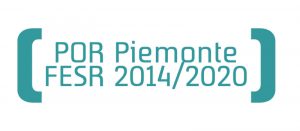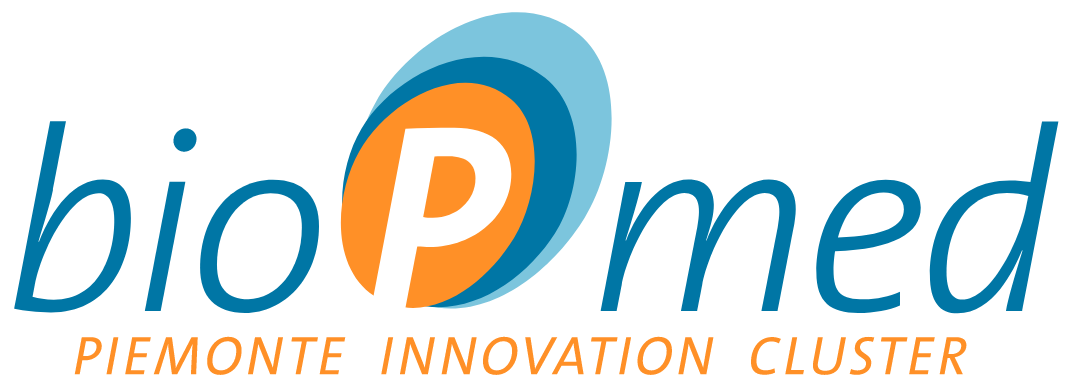Details
Project title: Multipurpose Operating Table
Acronym: MUSTable
Abstracts: M.U.S.Table project, aimed at developing an electromechanical and modular “operating table system” intended for trauma and orthopedic surgical applications.
Name: Lanfranco Cristina
Organization: New BN S.r.l.
Email: cristina.lanfranco@nuovabn.it
Phone: +39 011 965 44 46
Lead partner: New BN S.r.l.
Other partners: NU.TE.CO. Ltd.
Subcontractor: POLITO/DIMEAS |
Orthopedic and Trauma Clinic I of the City of Health and Science
Type: Industrial research and/or experimental development project
Line: B
Theme: Life Science
Duration: 24 months
Total project costs: €824,595
Total contributions requested: €453,527
Status: ongoing project

THE DESIGN IDEA
The world population is reported to be rapidly aging with an increasing proportion of people who are overweight or obese. Issues related to improving the health and well-being of the population arise and grow accordingly. As individuals get older and heavier, in fact, due to the worsening quality of bone mass, the need for “patient specific” orthopedic and trauma care will equally increase.
This is where the M.U.S.Table project fits in, aimed at developing an electromechanical and modular “operating table system” intended for trauma and orthopedic surgical applications. Operating Table refers to a table where a patient is positioned while undergoing surgery.
The main objective of the M.U.S.Table Project is to create a modular electromechanical “operating table system” with a user-friendly user interface and the possibility of data monitoring and remote control, intended for major orthopedic and spinal trauma surgical applications, with the possibility of customization of the patient position according to surgical techniques and according to the needs of the medical staff, and ensuring large radiolucency windows to allow the use of advanced diagnostic techniques (3D brightness, and in the future 3D CT).
DEVELOPMENT GOALS
MECHANICS AND CONTROL
M.U.S.Table system, focuses on surgical applications of the lower limb and spinal surgery. As part of these applications, the integration of intraoperative imaging in a hybrid operating room will be pursued in order to reduce misplacements, the primary cause of re-intervention and prolonged patient stay, resulting in increased costs for the healthcare facility.
The operating table system developed under the project will meet the primary requirement of flexibility and compatibility, be adaptable to different surgical disciplines, and interface with pre-existing columns in the operating room.
Movement of the operating table will be carried out by electro-mechanical control in order to overcome the inherent limitations of electro-hydraulic systems. From an energy perspective, electromechanical actuators offer substantial savings because they consume only when at work. They also provide easier control in complex applications by providing accurate position and speed control and simple programmability of motion profiles.
MATERIALS
The enormous potential offered by composite materials will enable the partnership to substantially optimize the constituent components of the operating table system by exploiting the properties of the materials that will be analyzed in the context of the M.U.S.Table project. The ultimate goal will be to produce components and accessories that are not only nonconflicting with the windows of radiolucency necessary for the performance of modern orthopedic/traumatologic interventional procedures, but also lightweight, without having to pay the cost of insufficient mechanical strength.
Next, the possibility of introducing customized supports for specific surgical procedures in innovative radiolucent and 3D printable materials, such as high-performance plastic filaments containing carbon fibers that increase their stiffness and tensile strength, will be investigated. Indeed, the use of fiber-reinforced materials in additive manufacturing processes makes it possible to create lightweight and strong components characterized by even complex geometries. This, in addition to the great versatility of 3D printing would allow custom media to be generated.
Also in the context of innovative materials, great emphasis will be placed on the optimization of surgical floor covering materials (mats), which are major contributors to postoperative decubitus and necrosis. The combination of innovative synthetic viscoleastic/polymeric materials (e.g., EPDM, viscoelastic foams) will allow optimal distribution of patient load over as large a surface area as possible.
ELECTRONICS
The innovations envisaged by the M.U.S.Table project in terms of electronics can be divided into two major families relating, the first, to the control of the electromechanical system, and aimed at optimizing the handling and active safety of the operating table system; the second is directed at the user interface and data input/output.
Control system: the logic will be able to carry out new computational algorithms more quickly to meet greater operational needs for positioning and anti-collision control.
Data Input/Output: The planned architecture will allow greater control to and from the operating environment in terms of better connectivity with the surrounding world and improved user interaction.
SCIENTIFIC VALUE AND POTENTIAL ECONOMIC IMPACT OF THE PROJECT
The Multipurpose Operating Table develops several innovative solutions: the integration of intraoperative imaging in a hybrid operating room adaptable to different surgical disciplines, the optimization of handling and active safety of the system, the development and use of carbon fiber components onconflict with radiolucent windows, the best connectivity with the surrounding world, and the best interaction with the user.
The M.U.S.Table will be easy to use by health care personnel, thanks to the light weight of the components and the ease of use provided by the presence of a user-friendly user interface that is integrated into the operating room environment, which can communicate statistical data characteristic of the operating table and can be monitored remotely to quickly handle any malfunctions.
The introduction of this new product, with all accessories made of innovative carbon fiber materials, will ensure that those involved will be able to expand not only their markets but also their spheres of expertise. All this will result, through increased know-how, skills and production possibilities and potential for project partners, in a definite increase in employment, with direct repercussions for the Piedmont region.
